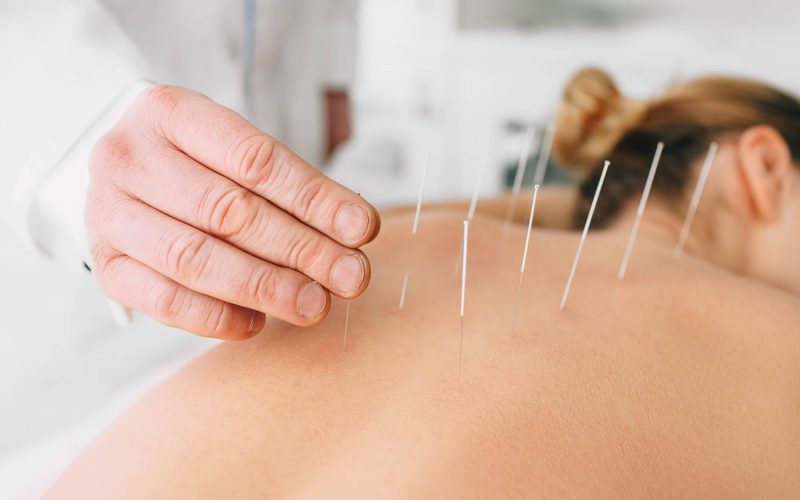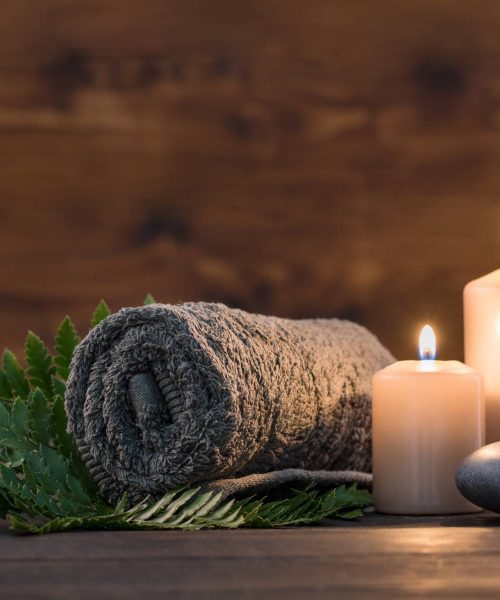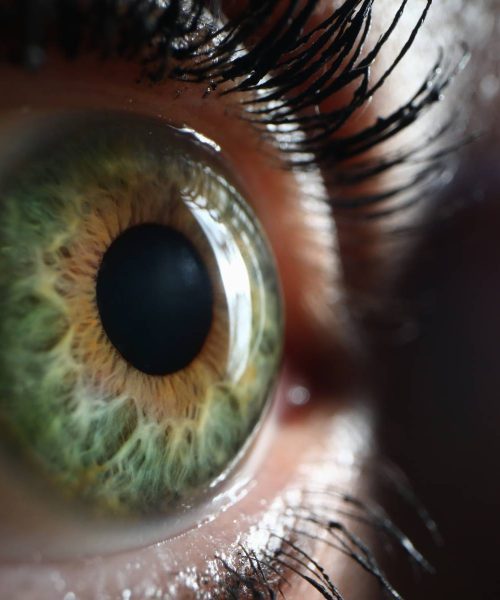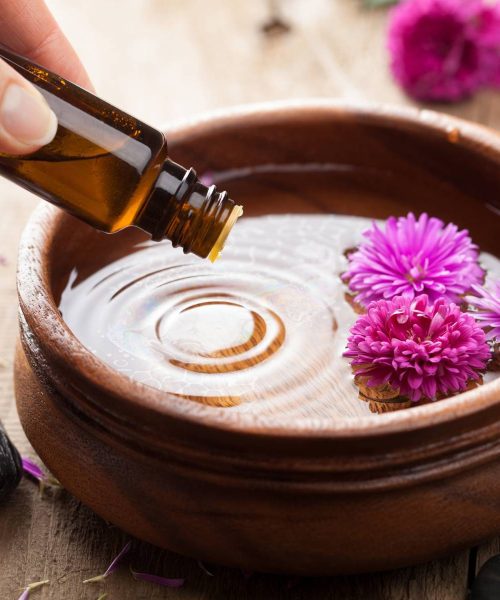Welcome to our comprehensive guide on acupuncture, a time-honored practice deeply rooted in traditional Chinese medicine. With a history spanning thousands of years, acupuncture has garnered global recognition as one of the oldest forms of healing. By delving into the fundamental principles and considerations surrounding acupuncture, we aim to provide you with valuable insights and empower you to make informed decisions about this remarkable therapy.
Understanding the Essence of Acupuncture
At the core of acupuncture lies the belief that disruptions in the flow of qi (life force energy) and imbalances in the forces of yin and yang give rise to various diseases and ailments. Acupuncture, along with herbal remedies, meditation, and massage, is believed to restore the delicate balance of yin and yang and harmonize the flow of qi, facilitating the body’s innate healing capacity. By stimulating specific points on the body, acupuncture aims to remove blockages in the flow of qi, thus promoting overall health and well-being. While acupuncture falls within the realm of alternative medicine in the United States, its enduring popularity and effectiveness have sparked the interest of scientists and practitioners worldwide.
Unveiling the Rich Tapestry of Acupuncture
It is important to acknowledge several key points regarding acupuncture:
- Time-Honored Tradition: Acupuncture has been an integral part of traditional Chinese medicine and other Asian cultures for millennia. Its longevity and widespread use testify to its significance as a healing modality.
- Ongoing Scientific Exploration: Scientists are actively conducting research to examine the effectiveness of acupuncture in treating a wide range of conditions. The findings thus far have been promising, shedding light on the potential benefits of this ancient practice.
- Safety and Side Effects: Acupuncture is generally considered safe, with minimal complications reported. However, it is crucial to ensure that the procedure is performed by a qualified and experienced practitioner. In the hands of an untrained individual, serious side effects can occur.
Embracing Acupuncture in Modern Practice
While acupuncture has a rich historical backdrop in China and other Asian countries, it only gained recognition in the United States in 1971. Since its introduction, acupuncture has garnered increasing interest as a complementary therapy for various conditions, including post-surgical pain, arthritis, chronic pain, and migraines. Despite initial apprehension surrounding needle insertion, many individuals have turned to acupuncture after exhausting traditional medical treatments, attesting to its potential efficacy.
Navigating the Path to Safe and Effective Acupuncture
When considering acupuncture as a treatment option, it is essential to seek a qualified and competent practitioner. In the United States, the Food and Drug Administration (FDA) regulates acupuncture needles, mandating single-use disposable needles for optimal safety. Problems arise when providers fail to adhere to proper safety procedures or when patients seek treatment from unqualified practitioners. Just as you would carefully select a medical doctor, exercise the same caution when choosing an acupuncturist to ensure your well-being.
By familiarizing yourself with the fundamental principles of acupuncture and diligently researching qualified practitioners, you will gain a deeper understanding of this ancient practice. Embrace acupuncture as a potential therapeutic avenue, allowing its wisdom to enrich your holistic well-being.







